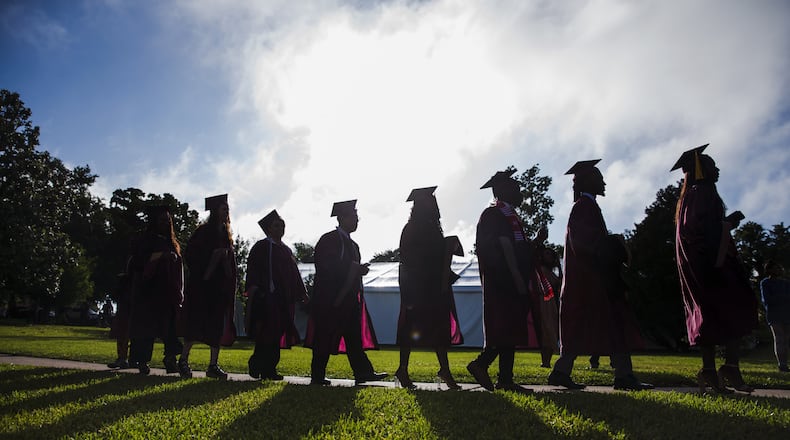Three Georgia schools - Emory University, Georgia Tech and Spelman College - joined a national effort two years ago to help more students from low-income households get into college and graduate.
On Tuesday, the umbrella group for this effort, the American Talent Initiative, gave a progress report for these 108 schools. The lack of students from those backgrounds, the equity gap, has been a much-debate issue in higher education.
Colleges and universities must have graduation rates exceeding 70 percent and more than 500 students, among other criteria, to be part of the initiative.
Here are five interesting findings from the report:
- An additional 7,291 low- and moderate-income students were enrolled in these 108 schools during the 2017-18 school year. They're on pace to add 36,455 students by 2025, which is below the goal of an additional 50,000 students.
- Private colleges and universities had a greater increase in enrolling more of these students.
- Nearly one-half of Spelman's students receive Pell grants, federal aid for low-income students. That's the highest percentage of any private school in the initiative.
- 80 percent of the Pell grant-eligible students in these schools graduated within six years. The national six-year graduation rate for all college students is about 60 percent.
- Several schools, such as Cornell and the Ohio State University, have significantly increased the number of military veterans enrolled.
About the Author
The Latest
Featured


